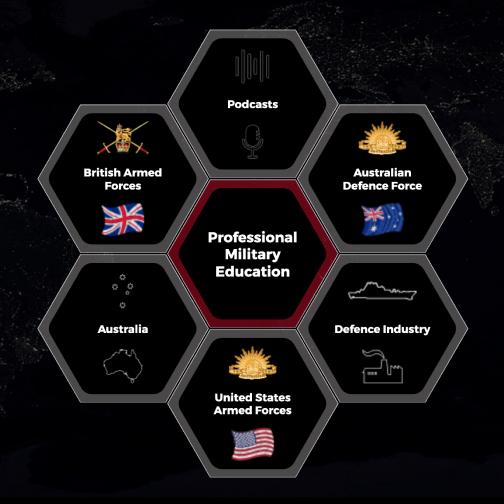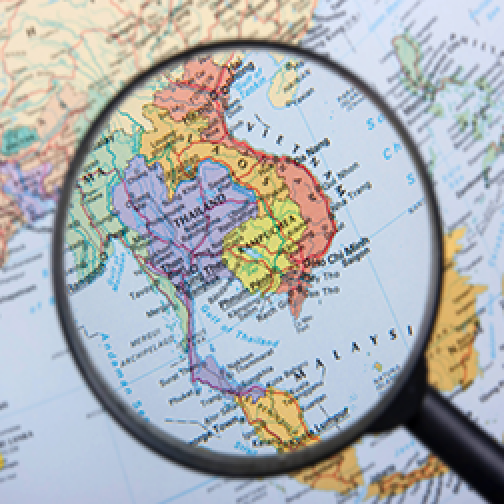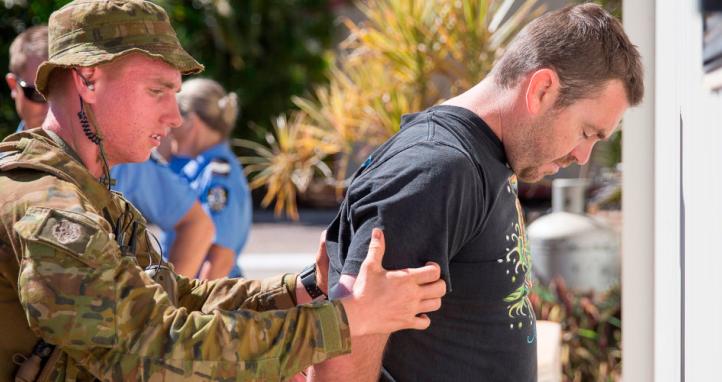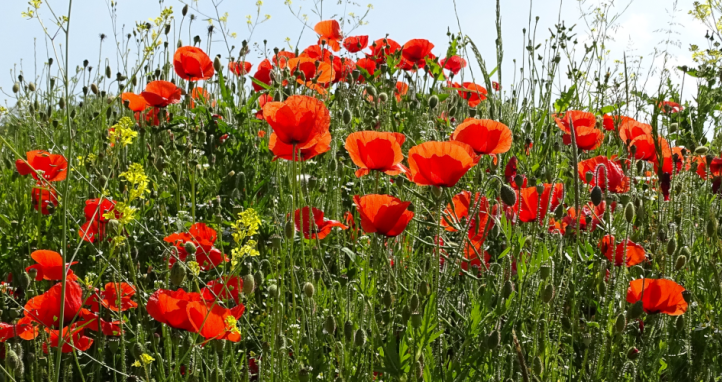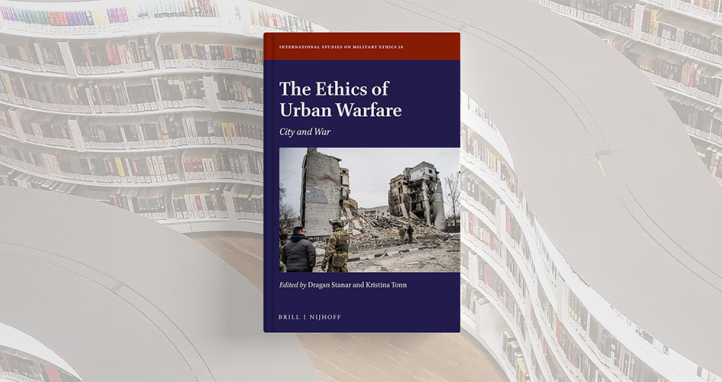Facts and figures
The ‘Know Your Region’ series is designed to support unit and individual professional military education on the Indo-Pacific region. It’s important for all serving members of our military to have a foundational knowledge of the countries and issues in the Indo-Pacific.
Escalating tensions with the West
North Korea’s military stance is one of isolation, aggressive posturing, and strategic deterrence. Central to its defence strategy is the development of a nuclear weapons program and an investment in asymmetric warfare capabilities. These ambitions have led to crippling international sanctions and have prevented any meaningful reconciliation with South Korea and the United States (U.S).
In recent years, North Korea has sought closer ties with Russia and China, further straining relations with the West.
Nuclear Weapons Program
North Korea’s nuclear weapons program began in earnest in the 1980s. Despite joining the Nuclear Non-Proliferation Treaty (NPT) in 1985, Pyongyang began developing its nuclear capabilities at the same time. In 2006, the military conducted its first underground nuclear test. This was followed by subsequent tests in 2009, 2013, 2016, and 2017. In 2017, it successfully launched an intercontinental ballistic missile (ICBM), the Hwasong-15, theoretically capable of reaching the U.S. mainland.
In 2023, North Korea unveiled the Hwasong-17, its largest ICBM, with the potential to carry multiple nuclear warheads. It also claimed to have developed tactical nuclear weapons and hypersonic missiles capable of evading missile defence systems.
As of 2024, North Korea has between 30–60 nuclear warheads, can operate mobile missile launchers and is developing submarine-launched ballistic missiles (SLBMs).
Sanctions
North Korea’s military buildup has provoked a strong international response. The United Nations Security Council (UNSC) has passed 10 resolutions since 2006, imposing severe sanctions including bans on arms exports and imports (particularly missile and nuclear technology), restrictions on coal, seafood, textiles, and fuel imports, freezing of assets belonging to key individuals and entities, and the prohibition of North Korean labourers abroad – a major source of foreign currency.
Pyongyang has denounced sanctions as a form of "economic warfare" and has used them to justify continued militarisation. Instead of deterring weapons development, sanctions have arguably hardened North Korea’s resolve to rely on nuclear deterrence for the regime’s survival.
U.S – Primary Threat
The U.S. remains North Korea’s primary adversary. The Korean War (1950-1953), in which U.S. forces led the UN Command against North Korea and China, remains an unresolved grievance. As the war ended in an armistice rather than a peace treaty, both sides are technically still at war. North Korea’s military doctrine views the presence of over 28,000 U.S. troops in South Korea and joint exercises between the two nations as preparation for an impending invasion. Pyongyang has warned repeatedly that pre-emptive nuclear strikes would be launched if it perceived an imminent threat.
The Trump administration marked a rare period of direct diplomacy in 2018-2019; however, talks collapsed when North Korea demanded full sanctions relief before dismantling its nuclear arsenal, while the U.S. sought denuclearisation first. In 2022, North Korea declared itself a nuclear weapons state “irreversible” by law, ruling out denuclearisation talks entirely.
North Korea views South Korea as a puppet of the U.S. but has at times shown a willingness to cooperate depending on South Korea’s leadership. Under South Korea’s most recent conservative president, Yoon Suk-yeol, relations descended to an all-time low. In 2023, North Korea declared the 2018 inter-Korean military agreement “null and void,” and resumed military activity near the DMZ.
North Korea and Russia
Historically, North Korea’s relationship with Russia was defined by ideological alignment. Moscow supported Pyongyang during and after the Korean War, providing weapons, economic aid, and diplomatic backing. However, relations cooled after the collapse of the Soviet Union, with Russia prioritising ties with South Korea in the 1990s and 2000s.
The status quo changed in 2022 when Russia turned to North Korea for help as it grappled with its own sanctions over the war in Ukraine. In return for ammunition and labour, North Korea stands to gain energy, food, and technology. This reciprocal need has revived and expanded the military relationship. The invasion of Ukraine has also fuelled a growing global East-West divide in which Russia, North Korea, and China act as counterweights to U.S.-led alliances.
In 2025, North Korea has become a significant source of munitions for Russia’s war effort in Ukraine. While both parties deny such transactions publicly, Western intelligence agencies – including the U.S. Department of Defence and South Korea’s Ministry of National Defence – have presented credible evidence, including satellite imagery and shipping data.
Transfers include millions of artillery shells, which are compatible with Russian artillery systems, rockets and missiles, and small arms and conventional munitions such as rifles, machine guns, and ammunition suited for infantry combat.
In late 2024, approximately 11,000 North Korean troops were sent to assist Russian forces, primarily in the Kursk region of western Russia. The deployment was officially confirmed by North Korean state media in April 2025, highlighting the "firm alliance" between Pyongyang and Moscow.
The North Korean units, unfamiliar with modern combat methods, initially suffered significant casualties. By early 2025, estimates indicated that around 4,000 of the deployed troops had been killed or wounded.
Implications of Stronger Russia – North Korea Military Alliance
While evidence is still developing, there are growing concerns about what North Korea is receiving in return.
The September 2023 summit between Kim Jong-un and Vladimir Putin was held at the Vostochny Cosmodrome, a key Russian space launch site. Observers interpreted this as a signal that Russia may be helping North Korea develop satellite launch vehicles and improve missile guidance systems. North Korea successfully launched a spy satellite (Malligyong-1) in November 2023, which some analysts believe may have used Russian technology.
Avoiding UN Sanctions
Russia may also be compensating North Korea with oil, gas, and wheat – bypassing UN sanctions. North Korea is particularly vulnerable to fuel shortages, and Russian supplies would help sustain its military infrastructure. Russia could also provide sanctions-busting channels through its grey economy, allowing North Korea to access foreign exchange and dual-use goods (e.g., advanced machine tools, vehicle parts, and chemicals for missile propellants).
Regional Impact
The Russia-North Korea Alliance is already having a destabilising effect on the Korean Peninsula. There is concern that the regime may feel emboldened to conduct more nuclear tests and be more aggressive in the region.
South Korea and Japan are responding by expanding their missile defences, increasing military spending, and strengthening trilateral cooperation with the U.S.
China, while cautious of North Korean adventurism, may quietly tolerate the partnership if it weakens U.S. strategic dominance.
For more information on North Korea’s escalating tensions with the West, see the resources below:
Video:
Articles:
Know your region
Know Your Region series gives you a shortcut to understanding other nations in the Indo-Pacific region.
